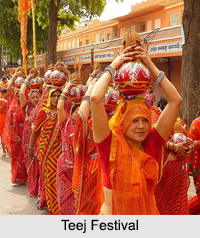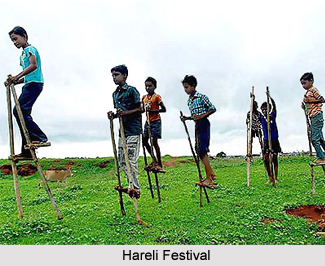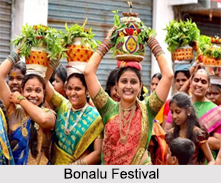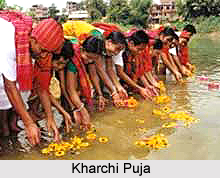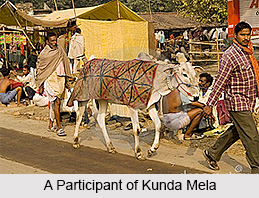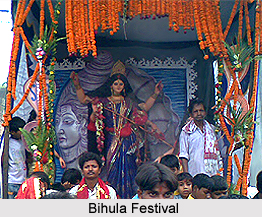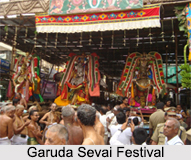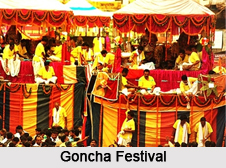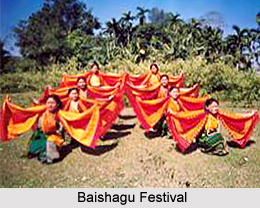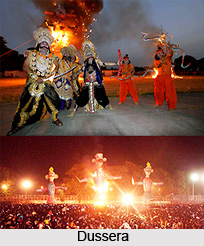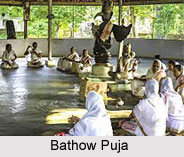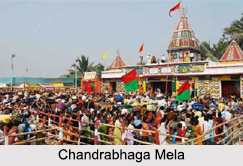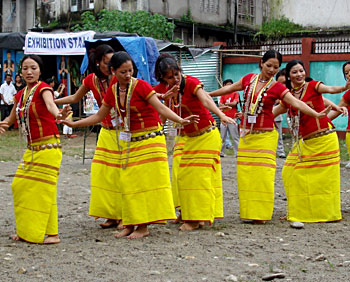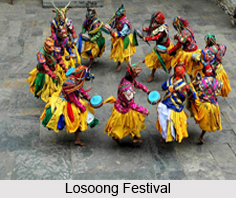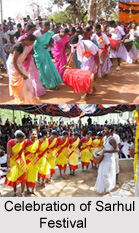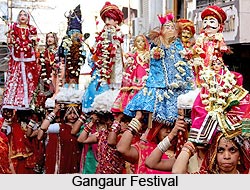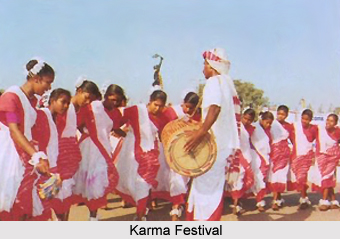One of the most common of the Hindu customs is performing the function named nalangu. This is generally performed during the evenings when a marriage ceremony is taking place for four days. The marriage is supposed to be performed by the bride`s father and the bridegroom and his relatives are in the position of guests.
Every morning the bride`s people bring to the quarters assigned for the bridegroom and his people cakes in new vessels, which are to be gifts to the bridal pair. Then the relatives of the bridegroom perform the function of nalangu to the bride`s people who brought them cakes for breakfast. This is known by the name sambandi nalangu.
In the evenings, the bride and the bridegroom sit for nalangu. The function itself is rather unique and deserves examination. The bride and the bridegroom are seated opposite to each other on mats spread on the floor in the marriage pandal. The bridegroom stretches out his legs and the bride rubs over it turmeric paste. Then the bride stretches out her feet and the husband repeats the process in his turn.
Then the bride takes yellow colored rice in her two hands, and after waving it round her husband`s head scatters it away. This process is then repeated three times by the husband also in his turn. He too takes handfuls of coloured-rice and scatters it over and about his wife having first waved it round her head.
Then a crisp preparation from black gram called appalam in Tamil is waved and broken over the head of the husband by the wife and then over the wife`s head by the husband. Then when the bridal pair are engaged in a kind of ball play, the ladies assembled sing songs helped by the pipers with their instrumental music. Then the bridal pair is seated side by side and ladies take haratti to cast off the evil from the evil eye. This haratti means waving a liquid mixture of turmeric and slaked lime before them. Then pan supari, sandal, fruits, flowers, etc., are freely distributed to the ladies assembled.
The simplest explanation that can be given for this custom is perhaps the desire of the originators to bring the newly married couple nearer to each other; and this is required so that they might shake off their shyness and get accustomed to each other. The sandal paste, the saffron paste, etc., are only means to effect the above purpose. Further, sandal, saffron, flowers, coloured-rice, etc. all are symbolical of auspiciousness and consequently the free and abundant use of them indicates the joy felt by every one assembled there. Moreover, when a large number of ladies have come for the marriage, and when they are sumptuously fed with rice preparations, it goes without saying that they should have some recreation to pass their time. The piper is engaged and work should be given to him. So, his services are utilized by the ladies to supplement their vocal songs.
The scattering of the yellow rice and the breaking of the thin and crisp cake named appalam over the heads are perhaps intended to propitiate the invisible beings supposed to surround newly married couple. They may also symbolize plenty for the bride and the bridegroom.
